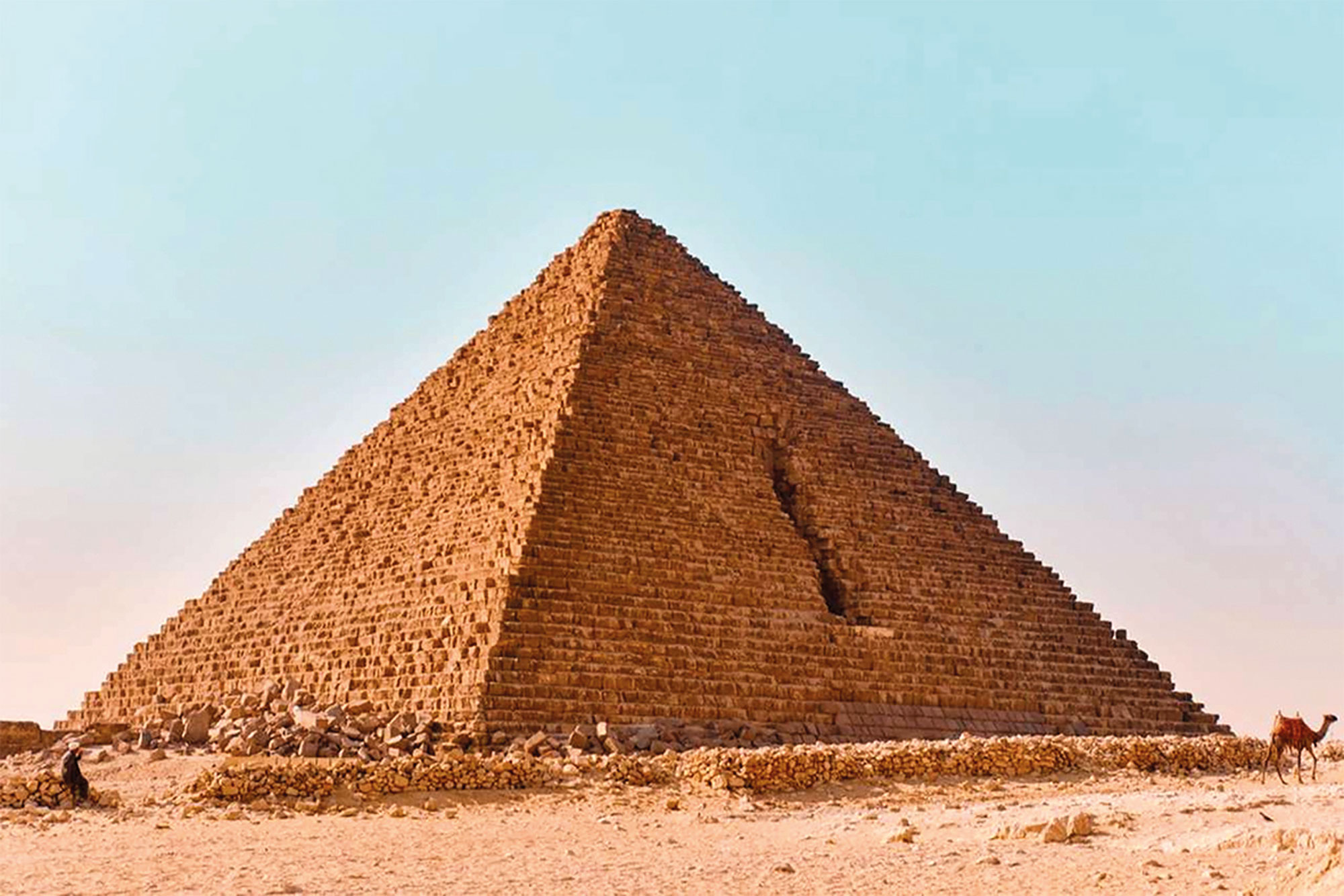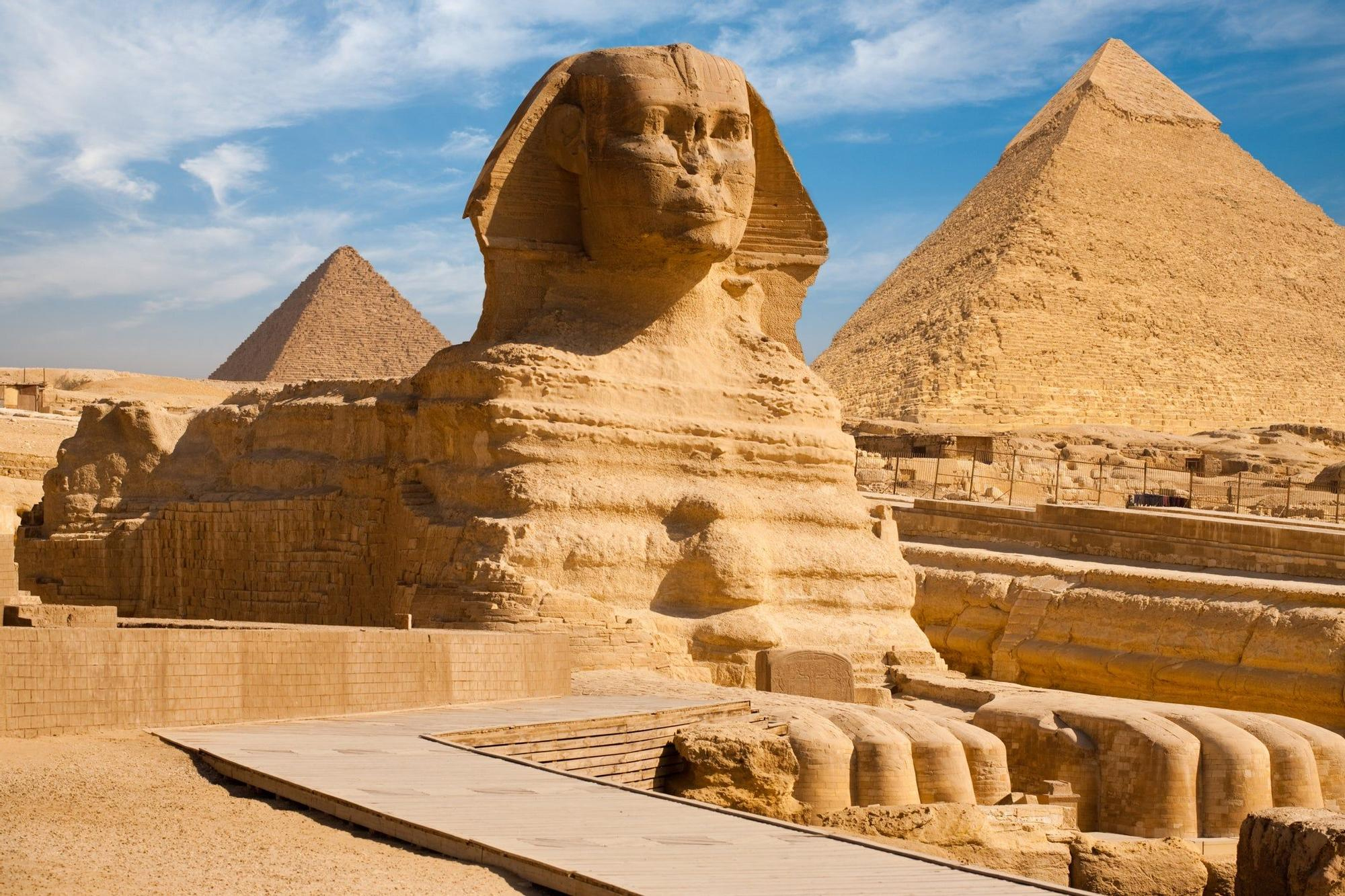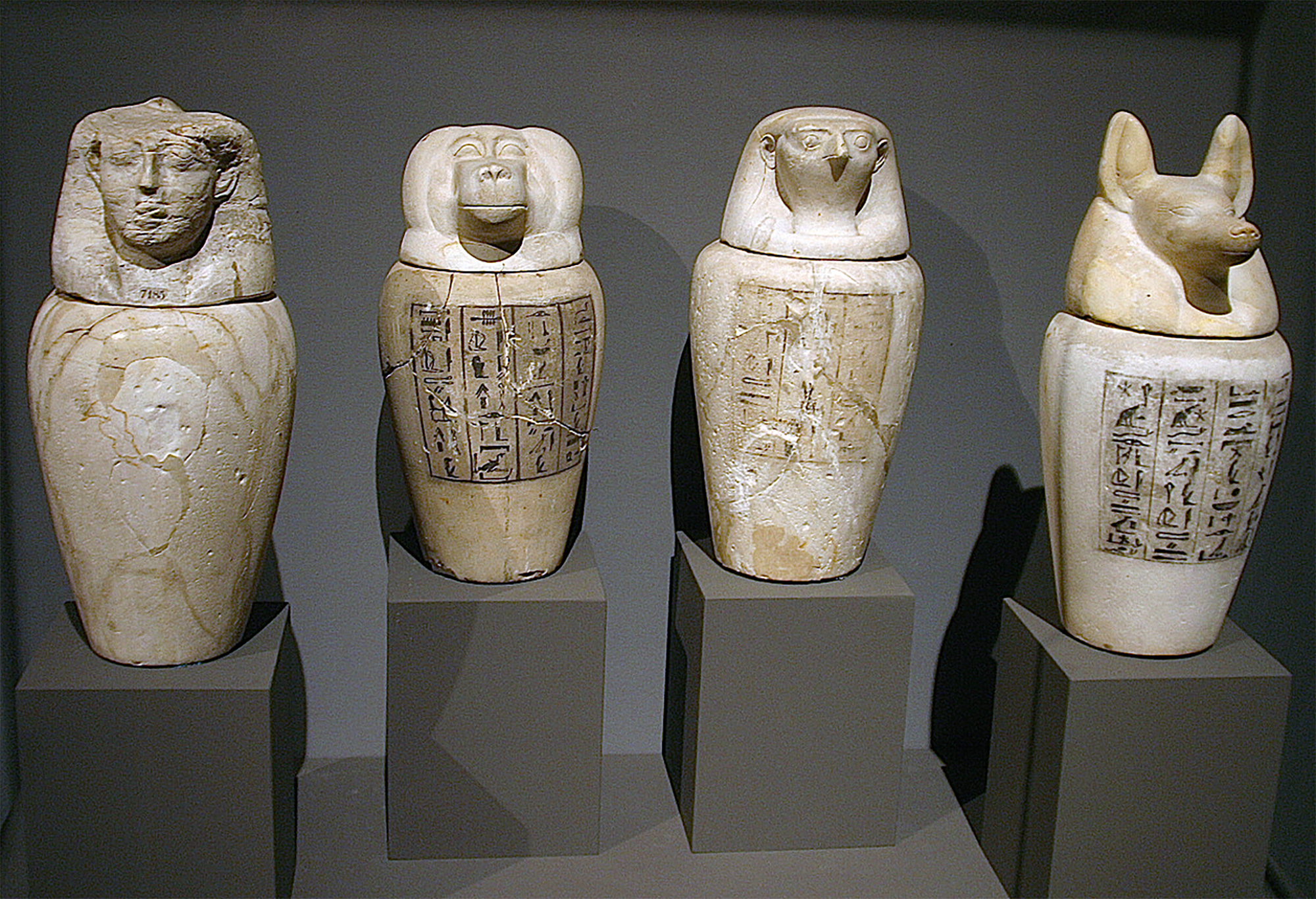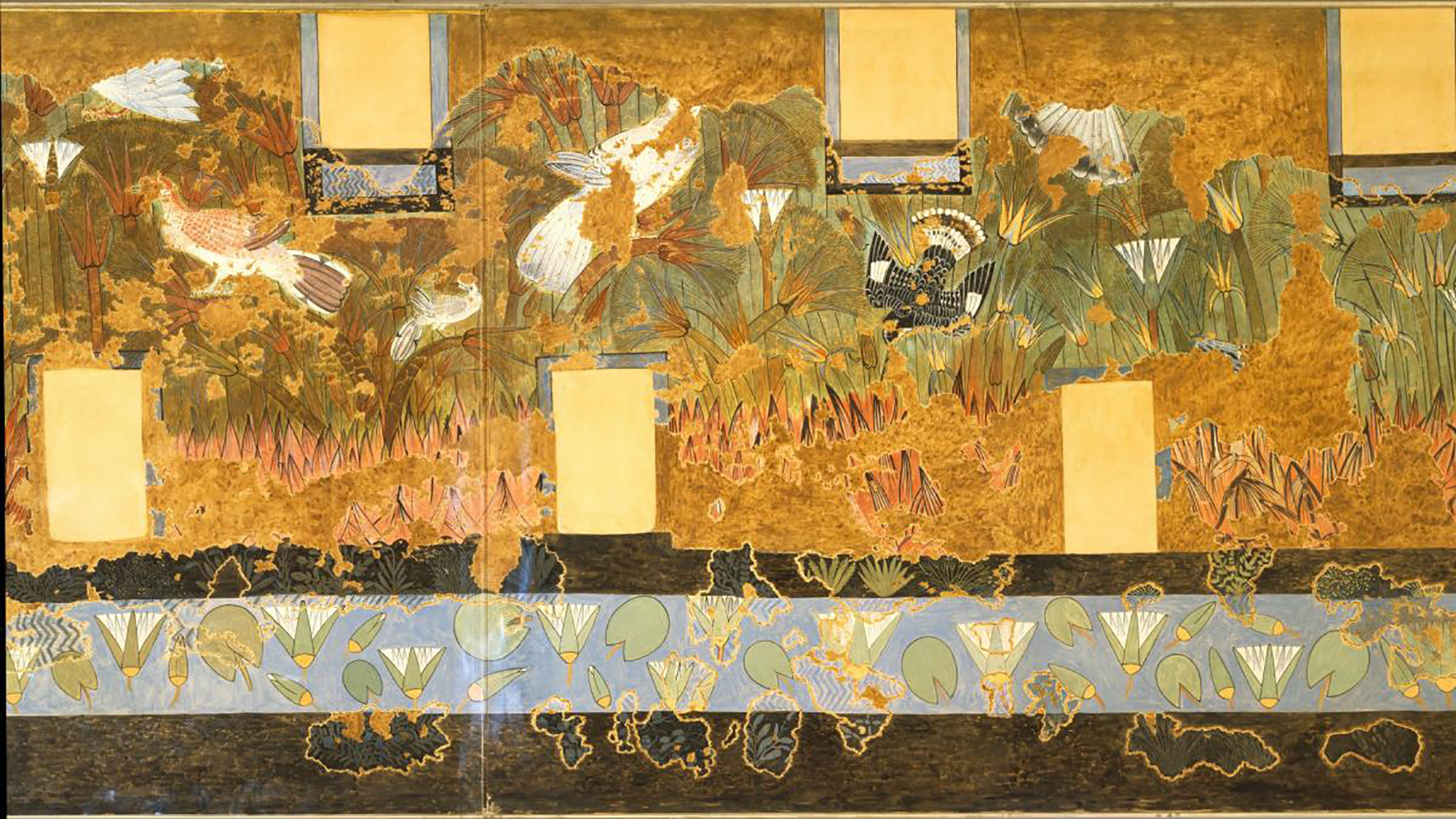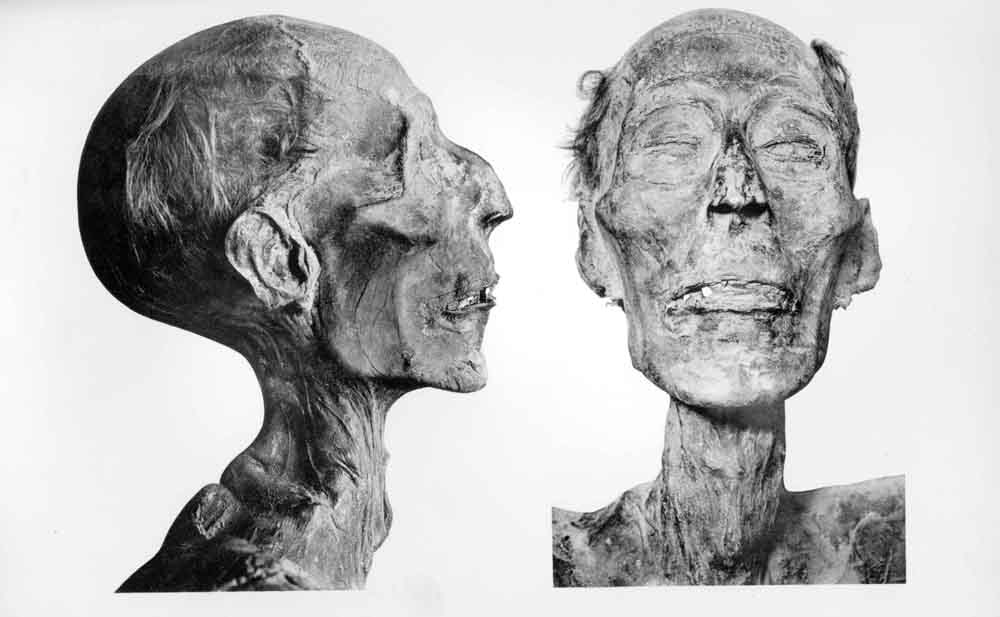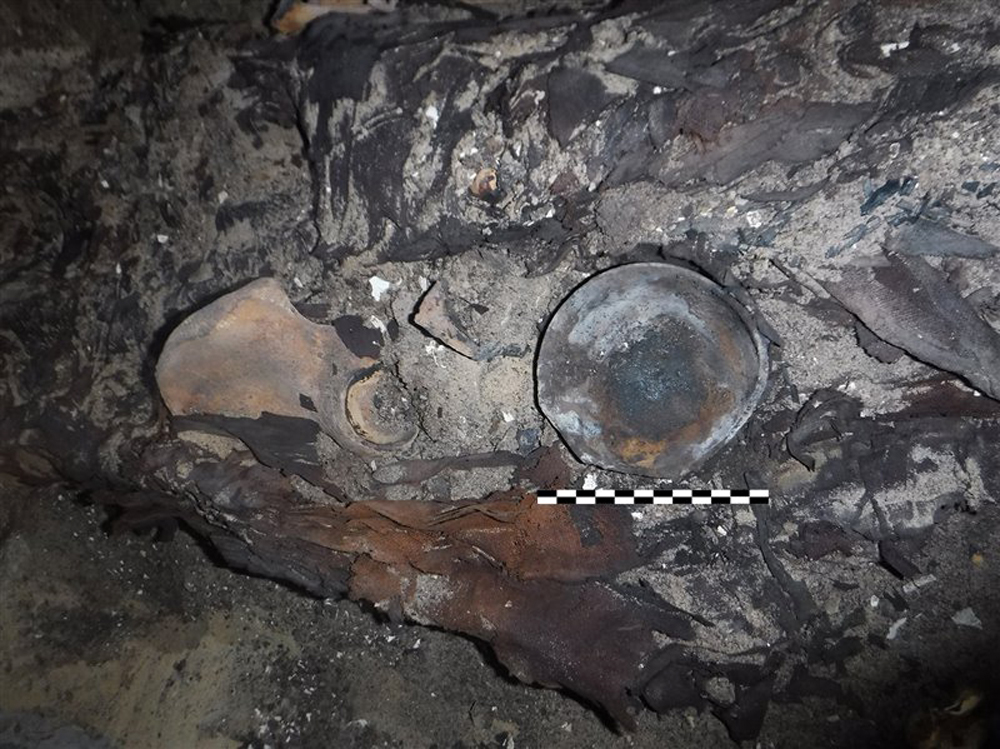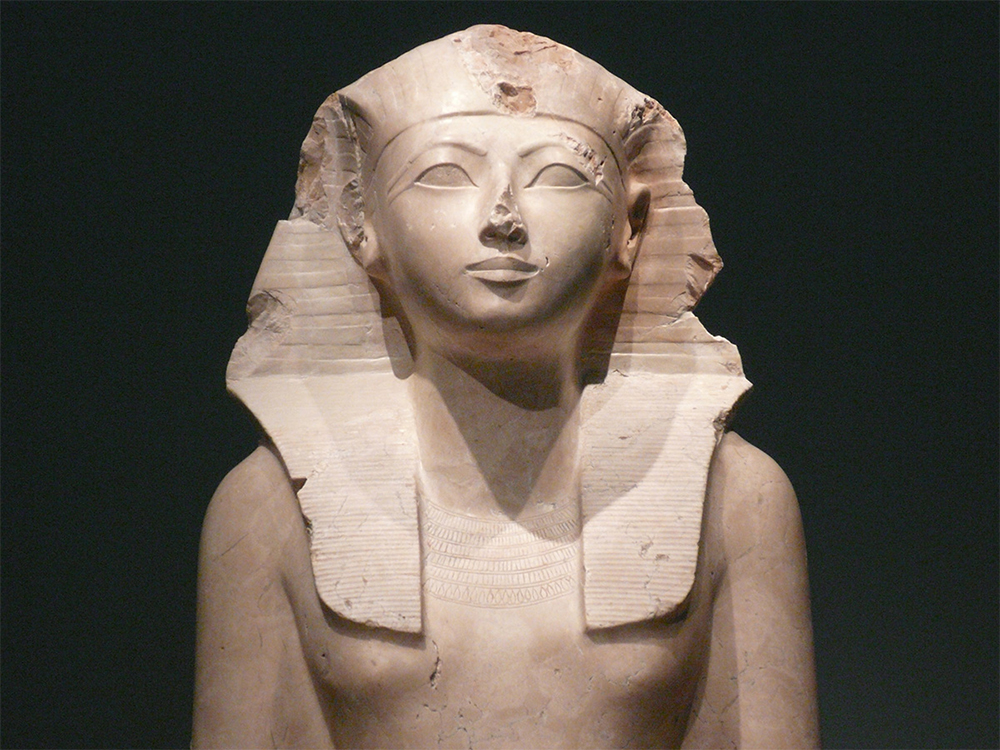Curse of the Pharaohs
- Egypt, 1923, 24 April. At 1:55 a.m., all the lights in Cairo went out. At that moment Lord Carnarvon died of lung disease. At the same time in London, Carnarvon’s dog fell to the ground. Carnarvon was the main economic promoter of the discovery of the tomb of Tutankhamun. With his death began the curse of the pharaohs.
one paid attention to the hieroglyph at the entrance to the tomb: “Everyone who interrupts the dream of Pharaoh will be struck by the wings of
death.” This is, in short, C. Berlitz and P. What the “experts” Vandenberg say about Pharaoh’s curse. These are the two who have written the most (and sold the most) on the subject. But investigate, they don't seem to have done much research. Skeptics have easily dismantled the “tests” of
curse lovers. First of all, Carnarvon's death was not at all mysterious. He went to Egypt to cure a lung disease, thinking that the climate there would benefit him. Besides, he had a serious infection before he died. It is also not surprising that the city lights were turned off at the same time of death, as electricity problems were very common in Cairo in the 1920s. The dog of the deceased (one of the dogs) died four or five hours later.
As for the list of the dead, here are just a few examples: George Jay Gould died in France, not in Cairo. Assisted by Arthur C. The Egyptologist Mace died five years after the tomb was opened; he was 69 years old. Douglas Derry, who performed all the analyses on the mummy, died not in 1929, but in 1939, when he was over 80 years old. Alfed Lucas, a chemist, died at the age of 79, 27 years after the tomb was opened. Howard Carter died in 1939. Philologist Alan Gardiner was still alive 42 years after his discovery; and he never found a hieroglyph of the curse.
As if the discovery itself were not spectacular enough, the legend of the curse quickly spread, fattened by literature and cinema; the mummies of the pharaohs are said to be terrifying. Archeologist Arthur Weigall wrote that “the presence of so many tourists and collectors who believe in the curse of the pharaohs irritates me, because among the ancient peoples, the most Egyptian was the sweetest, the most pleasant.”
Luxorren, Erregeen Haranetik gertu, hilobi garrantzitsu baten sarrera eta pasabide nagusia aurkitu zituzten 2022an. Orain, alabastrozko objektu batean Tutmosis II.aren kartutxoa topatu dute (irudian). Horrek esan nahi du hilobi hori XVIII. dinastiako faraoiarena... [+]
Mostafa Waziri, Secretary General of the Upper Ancient Council of Egypt, recently presented the gigantic restoration project of the Mizerino pyramid: They will cover the man's smallest pyramid with granite blocks to regain its original appearance. Although Waziri has... [+]
Researchers at the Conservation Centre of the Egyptian Museum of Cairo have found that Eutrema japonicum or Cochlearia wasabi radish is suitable and effective for the cleaning and conservation of papyrus. That is, the wasabi used mainly in the Japanese kitchen, for its... [+]
Nilometroak Nilo ibaiaren ibilgu naturaletik hurbil eraikitzen zituzten era askotako eskalak ziren: eraikin konplexuak ziren batzuk, beste batzuk putzu soilak edo harrian zulatutako eskailerak. Antzinako Egipton, basamortua zeharkatzen duen Nilo ibaia funtsezkoa zen nekazaritzan... [+]
Hiru kontzeptuok aztertu eta antzinako egiptoarren sinesmenekin lotu ditu Brown unibertsitateko (AEB) Victoria Almansa Villatoro egiptologoak (Journal of Egyptian Archaeology).
Egipto, K.a 2162 edo 2191. Nitokris faraoiaren bi urteko erregealdia amaitu zen eta, hala, VI. dinastia amaitu eta Egiptoko lehen tarteko aroa hasi zen.
Nesiamon duela 3.000 urte inguru Karnakeko Amonen tenpluan jardun zuen apaiz egiptoarra izan zen eta haren momia Leedseko (Ingalaterra) museoan egon da 1823az geroztik.












